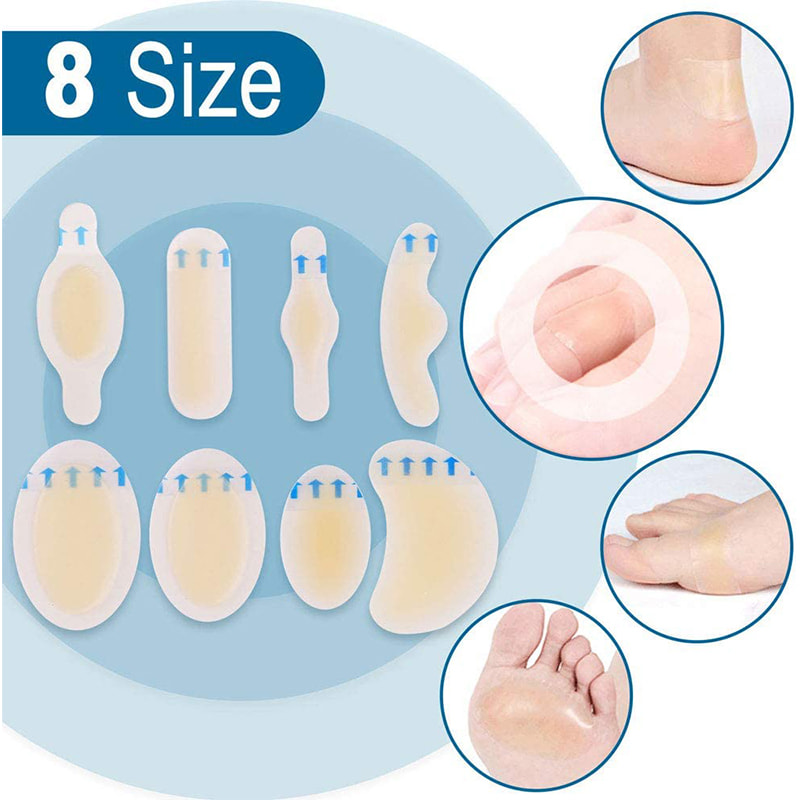Hydrocolloid bandages create a moist environment that aids wound healing and reduces the risk of scarring. This bandage provides a protective barrier against external contamination and infection and reduces pain and discomfort. It has good stretchability and adhesion, can adapt to the shape and position of various wounds, and is not easy to fall off.
Here's a breakdown on how to properly apply and remove hydrocolloid bandages:
Wash your hands thoroughly with soap and water. Clean the wound gently with a wound cleanser or saline solution following your doctor's instructions. Pat the area dry with sterile gauze.Select a bandage that's larger than the wound itself, ideally by 1-2 inches. This ensures proper coverage and protects the surrounding skin. Briefly hold the bandage between your hands to warm it slightly. This can improve adhesion.Peel away the backing without touching the sterile pad. Gently place the bandage over the wound, smoothing the edges from the center outwards. Don't rub or pat directly on the wound.Some hydrocolloid bandages have adhesive borders. If not, secure the edges with medical tape for better hold.
Removing a Hydrocolloid Bandage:
Gently loosen the edges: Press down on the skin near the edge of the bandage and carefully lift a corner.
Peel slowly: Continue lifting the edges slowly and evenly, following the direction of hair growth if applicable. This minimizes discomfort.
Avoid pulling: Don't pull the bandage upwards as it can irritate the wound.
Discard the used bandage: Dispose of the used bandage in a trash bin.
Cleanse the wound again: Gently clean the wound and surrounding skin with a wound cleanser or saline solution as instructed by your doctor. Pat the area dry with sterile gauze.
Hydrocolloid bandages can stay on for several days, but replace them if they become loose, saturated, or show signs of leakage.


 English
English Español
Español русский
русский Français
Français Deutsch
Deutsch By Admin
By Admin






















